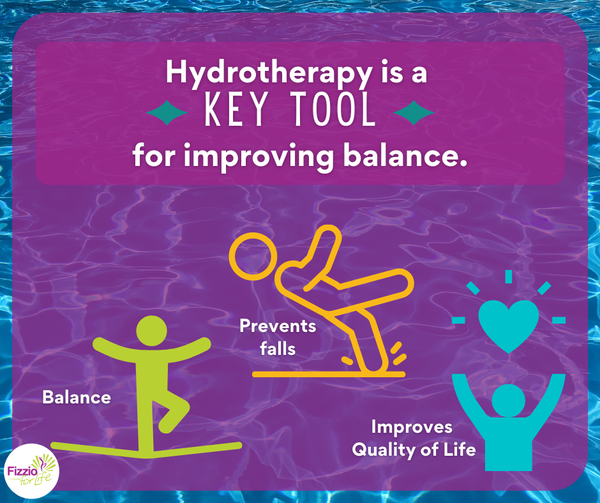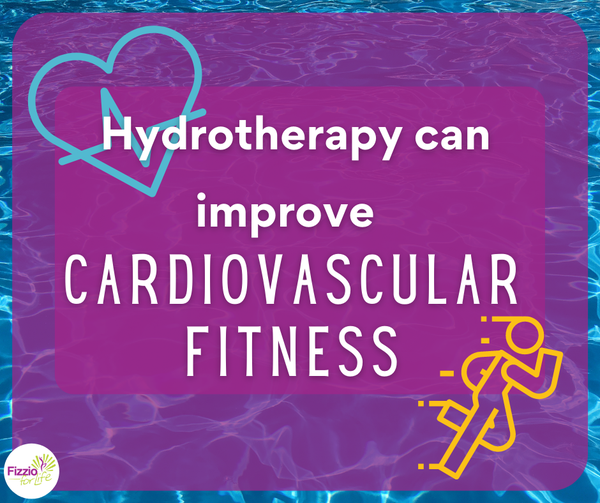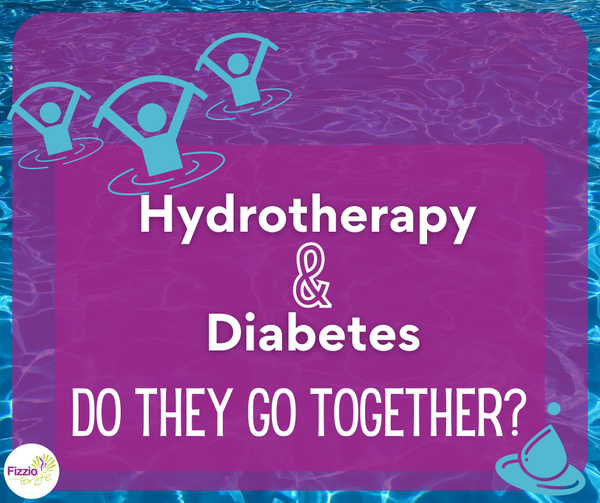Hydrotherapy is not only for those who have difficulty with mobility.
Hydrotherapy (or water based exercise) is a fantastic tool to help improve power and function. We all need power as an aspect of our strength, whether it is getting out of a chair, running down the street after the dog, or playing some social netball. Moving at a faster pace with force can be easily and repeatedly done in the pool due to the buoyancy from the water therefore reducing the load felt through the joints.
In short, completing fast moving or jumping exercises (plyometric exercises) in the water helps improve strength, jumping, and sprinting performance on land.
Hydrotherapy is a key tool for improving balance.
Hydrotherapy serves to help improve balance in older populations and also specifically in conditions that negatively impact your balance such as Parkinson’s disease, peripheral neuropathy (lack of feeling in your feet and lower limbs), stroke or brain injury or even a knee or hip replacement or injury.
The great thing about practicing your balance in the water is that you have a soft place to land!! This does reduce the fear of falling and therefore you are more likely to try more challenging exercises. The water does provide support to hold you upright and also the water moving against your body can add an additional challenge.
Recent reviews of the research has shown that practicing balance exercises in the water is more beneficial than on land ultimately reducing the risk of falling and therefore also reducing risk of injury and improving ability to complete further physical activity. All of this means an improvement to overall health!
Interested in getting started in the pool? We would be more than happy to help you get started. Get in touch to make this happen.
Hydrotherapy can improve cardiovascular fitness.
Those who have suffered a stroke know all too well how hard it can be to complete everyday tasks – it just takes more energy to do somewhat simple things. This in turn means that often cardiovascular fitness is lower than average in this group of people. This makes being active for longer even harder. Plus there is also the ongoing health risks associated with low cardiovascular fitness including heart disease, diabetes and secondary stroke.
Exercising in the water (Hydrotherapy) allows more support in holding yourself up meaning that movements and exercises that are harder on land or a higher intensity of movement can be reached for longer periods of time.
Recent research articles found that compared to land-based exercise, hydrotherapy was more effective in improving cardiovascular fitness after stroke. This is good news!
If you would like to learn where to start for yourself or someone you care about, our exercise physiologists are the people with the know-how.
Hydrotherapy and diabetes – do they go together?
Approximately 1 million Australians have Type 2 Diabetes and nearly ¾ of them don’t meet the guidelines for exercise that ultimately help maintain the condition.
WAIT WHAT?
We know that exercise helps to manage the sugar in the blood and reduce the rate of onset of symptoms like peripheral neuropathy (reduced nerve activation in the legs causing no feeling), and lowers the increased risk of heart conditions and stroke and decreases the risk of death from diabetes and PEOPLE AREN’T EXERCISING? Why?
Arthritis is a common ailment that can go alongside diabetes – this can cause discomfort during exercise and so maybe avoiding the pain means no exercise is completed.
Maybe the diagnosis is a lot and not being sure what exercise will help makes it hard to get started.
Research has confirmed that Hydrotherapy can be a great way to exercise to increase fitness and strength in those with Type 2 Diabetes. The water reduces the load on joints to moving is so much easier and often much less painful. This allows for strength training to be completed and the heart rate to increase safely with cardiovascular exercise – not only swimming laps, but walking in the water and cycling in the water.
This is great news as glycaemic control (how much your sugar level moves around) is improved and decreases risk of developing cardiovascular disease.
Exercising in the water could be a great option for you. Let us help you get moving in the water.





